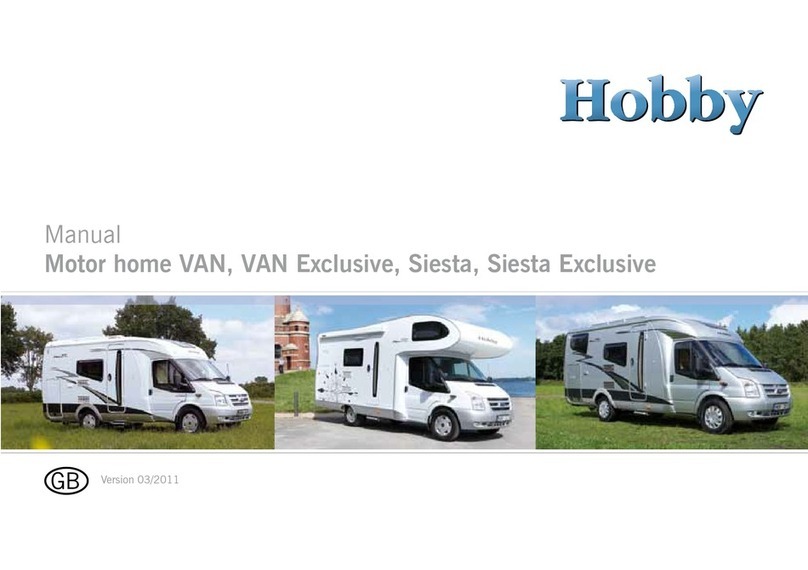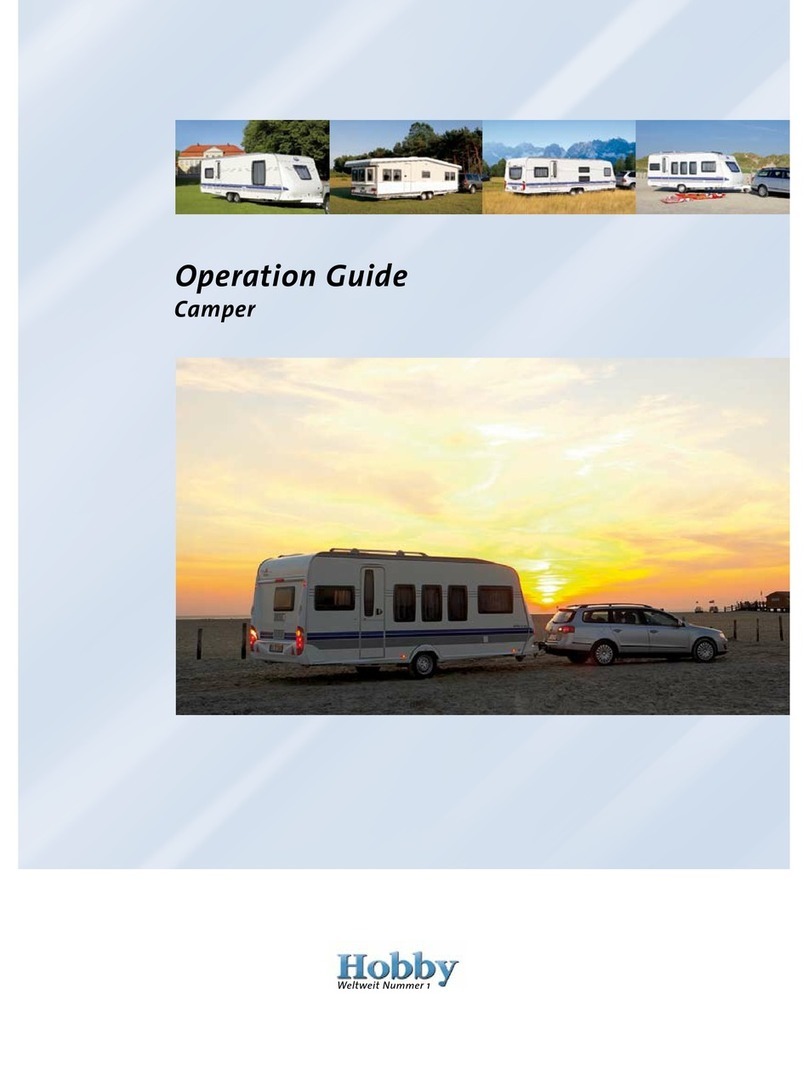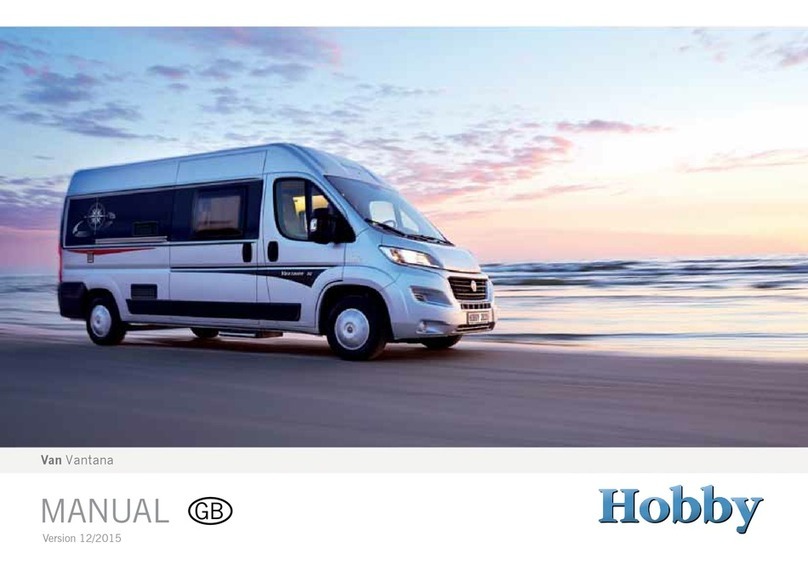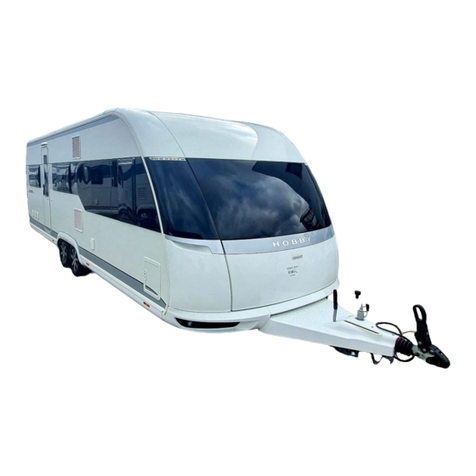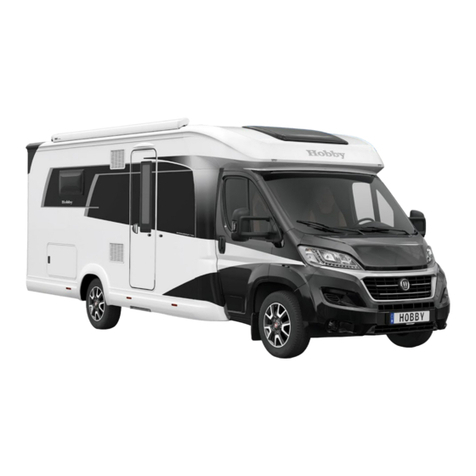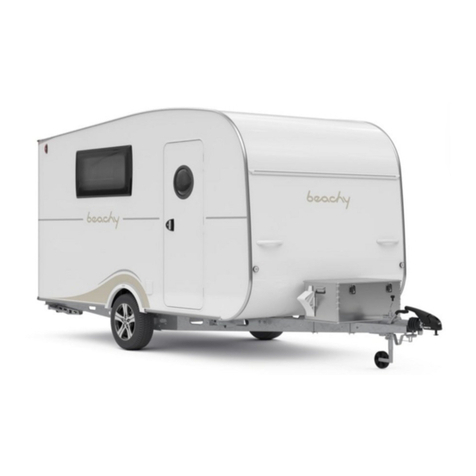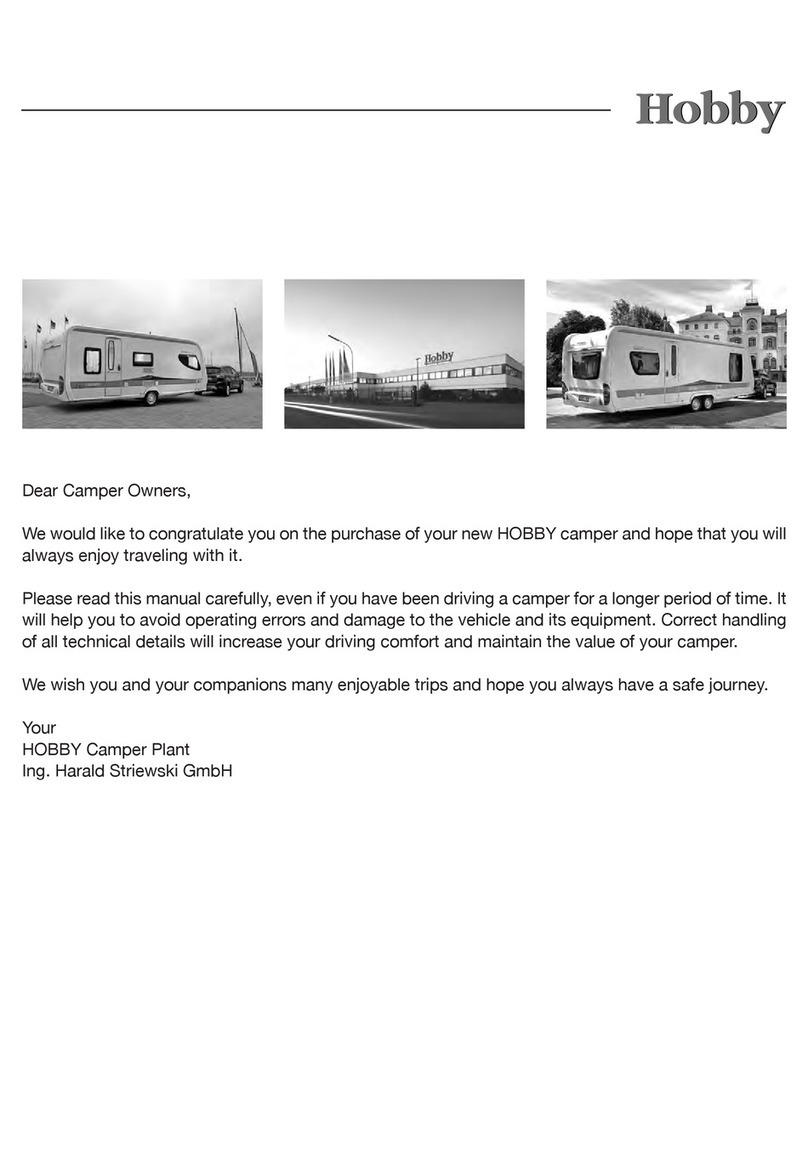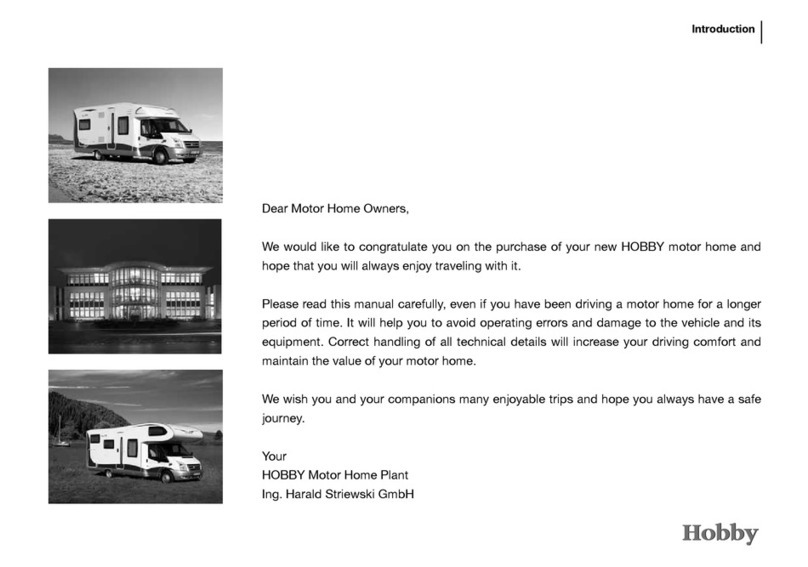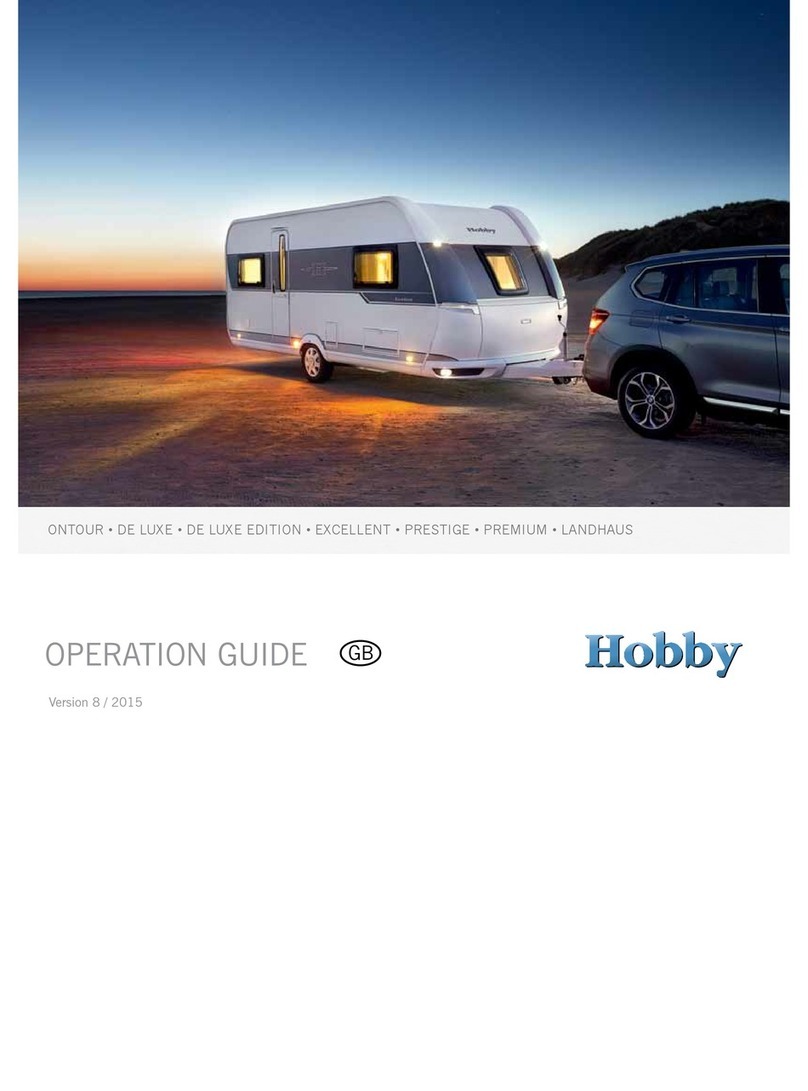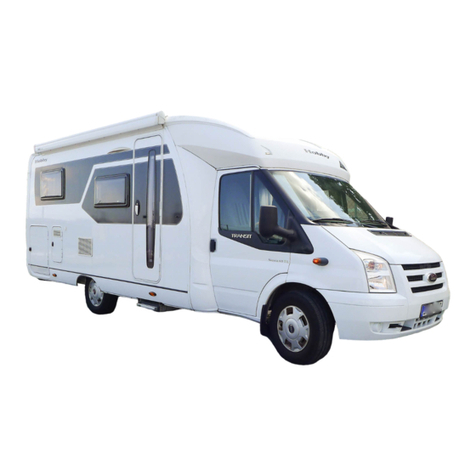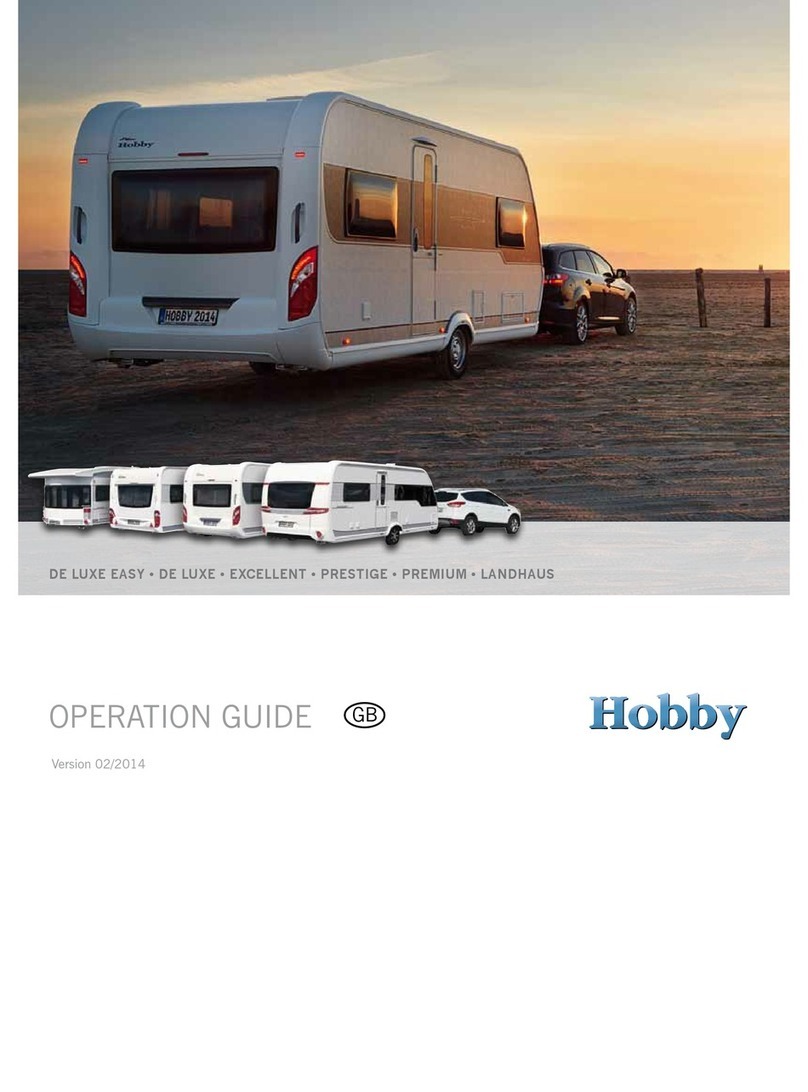Introduction
Chapter 1: Introduction
1.1 General information................................................ 01-1
1.2 Designations in the operating instructions............. 01-2
Chapter 2: Safety
2.1 General information................................................ 02-1
2.2 Fire protection........................................................ 02-1
2.3 Equipment.............................................................. 02-2
2.3.1 Emergency equipment........................................... 02-2
2.3.2 Vehicle tool kit........................................................ 02-3
2.4 Before driving......................................................... 02-3
2.4.1 What to observe before your rst drive.................. 02-3
2.4.2 Before each drive................................................... 02-5
2.5 While driving........................................................... 02-8
2.6 After driving.......................................................... 02-10
Chapter 3: Chassis
3.1 Chassis .................................................................. 03-1
3.2 Vehicle identication number (VIN) ........................ 03-1
3.3 Loading.................................................................. 03-2
3.3.1 General information................................................ 03-2
3.3.2 Denition of masses for van................................... 03-3
3.4 Entrance step......................................................... 03-5
3.5 Towing xture......................................................... 03-6
3.6 Externally mounted xtures ................................... 03-7
3.7 Automatic transmission ......................................... 03-7
Chapter 4: Wheels, tyres
4.1 Wheels ................................................................... 04-1
4.2 Tyres....................................................................... 04-1
4.3 Tyre pressure.......................................................... 04-2
4.4 Tread depth............................................................ 04-3
4.5 Wheel rims ............................................................. 04-3
4.6 Fast tyre repair kit .................................................. 04-4
4.7 Changing a tyre...................................................... 04-5
Chapter 5: Exterior Structure
5.1 Ventilation............................................................... 05-1
5.2 Opening and closing doors and aps.................... 05-3
5.3 Bicycle carrier ........................................................ 05-8
5.4 Sun awning ............................................................ 05-9
Chapter 6: Interior Structure
6.1 Opening and closing doors and aps.................... 06-1
6.2 Television holder for at-screen monitor................ 06-4
6.3 Worktop extension for the kitchen......................... 06-5
6.4 Tables..................................................................... 06-5
6.5 Bed conversion...................................................... 06-6
6.6 Insert for shower tray........................................... 06-13
6.7 Windows .............................................................. 06-13
6.8 Dimming system for driver's cabin ...................... 06-16
6.9 Skylight ................................................................ 06-17
6.10 Seats in the driver's cabin.................................... 06-18
6.11 Construction of the seats..................................... 06-19
6.12 Seatbelts in the van ............................................. 06-22
6.13 Overview of the seating arrangements ................ 06-23
Chapter 7: Electrical Installations
00-1
